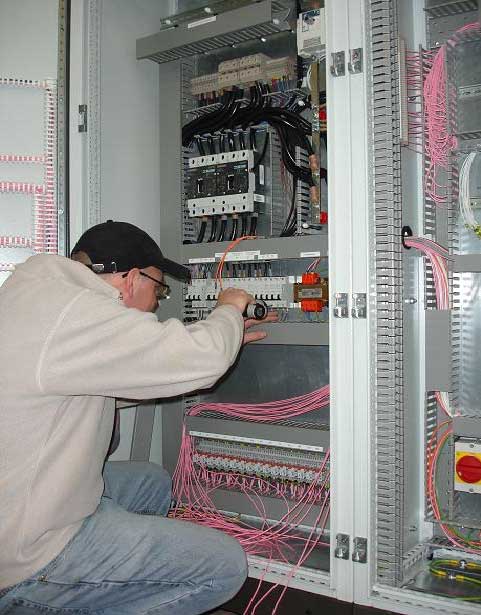JWelectric
Electrical Contractor/Instructor
Can You offer some help here ?
The simple fix would be to replace the underground circuit based on the information given.
The original poster made three statements
1- Low voltage reading from the hot to neutral
2- 2- low voltage reading from hot to EGC
Placing any type of load in series with this already voltage drop will not make the voltage be higher but instead it would make the voltage lower. The load of the light will drop the remaining voltage.
3- I then tested the voltage at the breaker and had 120 volts
Now we know that the problem is with the conductors somewhere between the breaker and the receptacle so what would you suggest to look at for the problem?



